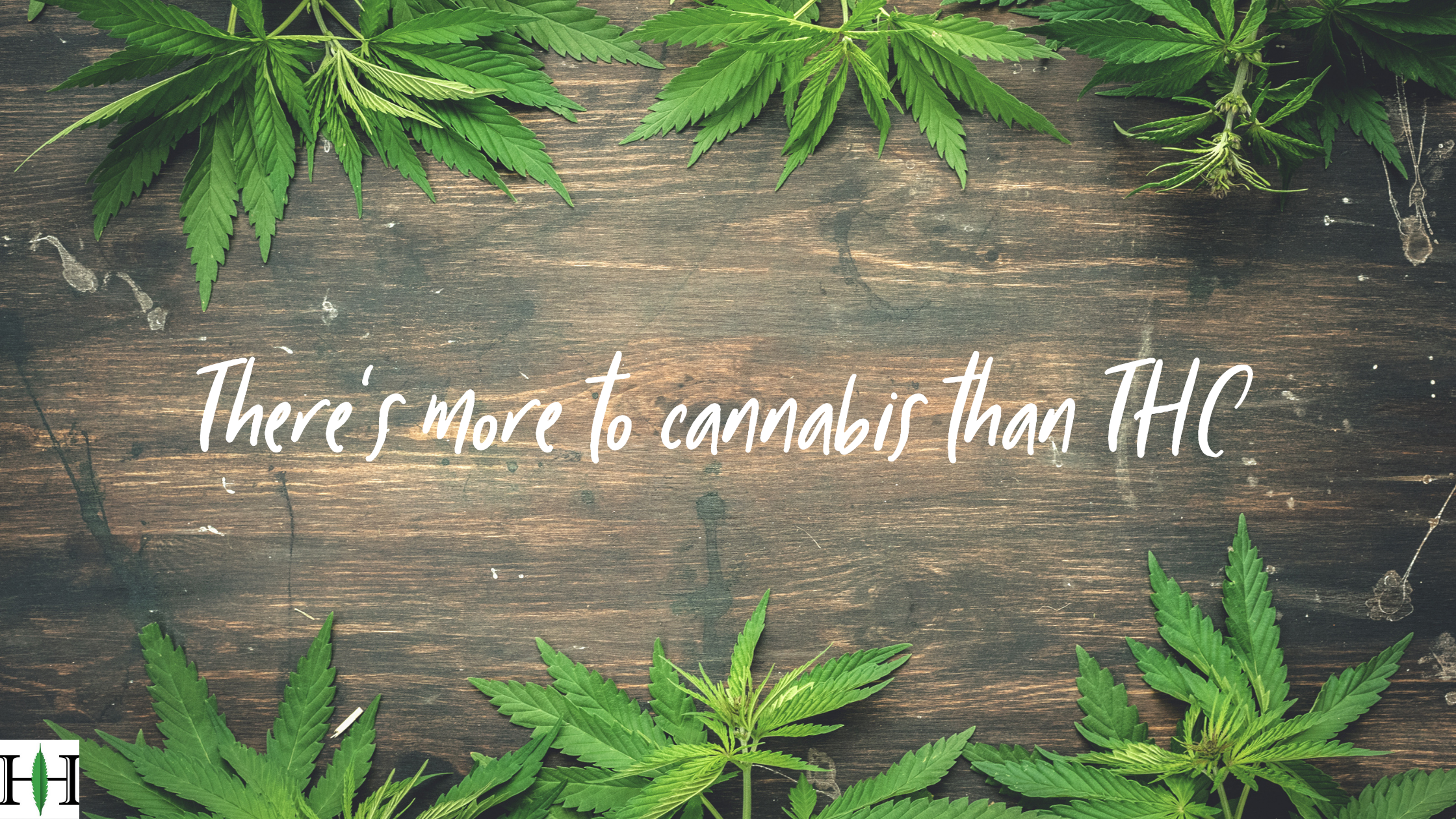
As cannabis has continued to be legalized in different states, its value has been reduced to its THC percentage. This makes sense when cannabis is viewed as a drug – THC is the compound in cannabis that gets you “high”, so it stands to reason that the higher the THC %, the higher you’ll get when you use it.
Plants, however, are not as simple as other “street” drugs. Cannabis has many other compounds in it that, along with THC, that affect how “high” you can get when you smoke it. These compounds fall into 2 categories: cannabinoids and non-cannabinoids.
Cannabinoids include THC, CBD, CBG and CBN as the most known ones. They perform 80-100 different functions in the cannabis plant as well as the human body.
Non-cannabinoids include terpenes and flavonoids. These compounds give different cannabis strains their flavor and scent. They also work in tandem with cannabinoids to provide different therapeutic effects, such as antidepressant and anti-anxiety effects, pain relief and more.
Like other plants, cannabis is a complex system of chemicals and compounds that work together to give you a desired effect. The simplistic view that THC % is all that determines a high, a more moderate level of THC along with other cannabinoids and non-cannabinoids can provide a well-rounded cannabis experience beyond just getting stoned.
As cannabis becomes more widely used, growers have started to create new strains that fall less into the traditional classification of sativa, indica and hybrid. Most newer strains are seen as just hybrids. There is where using just THC % can lead to an unpleasant cannabis experience. Taking the other plant compounds into account allows for you to pick a more appropriate cannabis strain for your use, even if it has a lower THC content.
